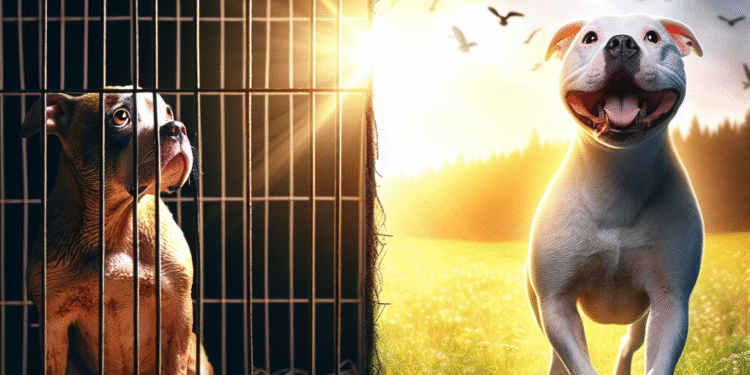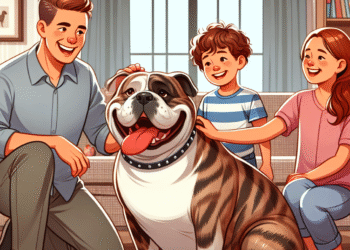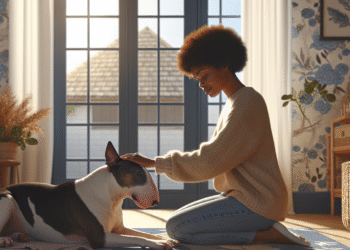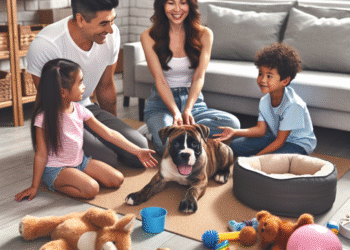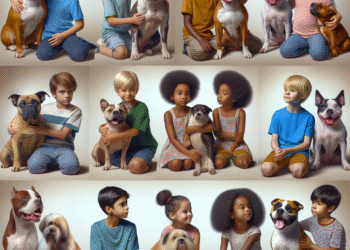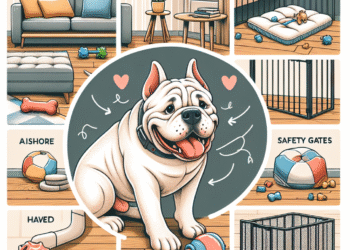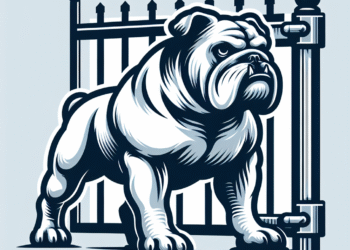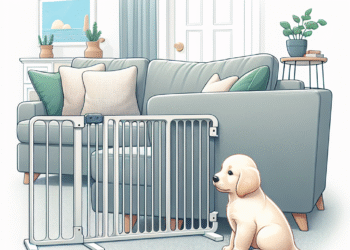Adopting a rescue bully can be one of the most rewarding experiences for both the dog and the owner. However, many rescue bullies come from traumatic backgrounds that can make adjustment challenging. Understanding how to recognize positive changes in your dog’s behavior can help you gauge their emotional state and foster a loving environment where they can thrive. Here’s how to tell if your rescue bully is adjusting positively.
Signs of Positive Adjustment
1. Increasing Comfort in Your Presence
Initially, rescue bullies may appear shy or fearful, avoiding eye contact or retreating to a corner when you enter the room. Over time, a growing confidence in your presence is a strong indicator of adjustment. Look for signs like seeking out affection, leaning against you, or lying close by.
2. Playfulness Emerges
Bullies are known for their playful nature. If your rescue starts to engage in play—whether it’s fetching a toy, chasing after a ball, or simply engaging in wriggly belly rubs—this is a notable sign that they are beginning to feel secure and happy in their new environment.
3. Curiosity and Exploration
When a rescue bully starts to explore their surroundings, sniffing and confidently moving through different areas of the house or yard, it suggests they are becoming comfortable with their new home. This exploration indicates that they are shedding some of their fears and beginning to trust their environment.
4. Socialization with Other Dogs
Building positive social connections with other dogs can be a critical aspect of your rescue bully’s adjustment. If you notice your dog becoming more relaxed and playful during interactions with other dogs, it’s a sign that they are building confidence and starting to feel more secure in social situations.
5. Improving Body Language
Understanding dog body language is essential. If your rescue starts to exhibit relaxed postures—such as a wagging tail, relaxed ears, and a soft stance—these are signs that they are feeling more comfortable. Conversely, a stiff posture, avoidance behaviors, or a tucked tail can indicate anxiety.
6. Vocalization Changes
Initially, a newly rescued bully may bark excessively due to anxiety or fear. Positive adjustments might include a decrease in the frequency of anxious barking, coupled with playful barks during playtime or happy greetings when you arrive home.
7. Responsiveness to Training
As your rescue bully begins to settle in, you might notice them becoming more engaged during training sessions. Increased focus, eagerness to learn, and a willingness to follow commands are all encouraging signs that your dog is adapting positively.
8. Developing Routines
Establishing a routine can significantly help a rescue bully adjust. If you notice your dog responding well to structured feeding times, walks, and playtimes, it indicates they are starting to trust you and rely on you for their needs.
Supportive Strategies
To encourage your rescue bully’s adjustment, consider the following strategies:
-
Patience is Key: Each dog is unique and will adjust at their own pace. Be patient and avoid rushing the process.
-
Provide a Safe Space: Create a quiet area where your dog can retreat if they feel overwhelmed. This can be a crate or a cozy nook filled with blankets.
-
Positive Reinforcement: Use treats and praise to reward positive behaviors. This encourages your dog to repeat actions that lead to good outcomes.
-
Regular Exercise and Mental Stimulation: Engaging your rescue bully in daily physical activity and mental challenges can help reduce anxiety and foster a sense of well-being.
- Professional Help: If you notice persistent signs of anxiety or fear, consider consulting with a professional trainer or behaviorist who specializes in rescue issues.
Conclusion
Adopting a rescue bully is an act of love that can transform both your life and your new companion’s. By recognizing the signs that indicate positive adjustment, you can build a nurturing relationship that allows your dog to heal and thrive. Remember, patience, empathy, and understanding are crucial in this journey from fear to freedom. Your efforts will undoubtedly pay off as your rescue bully begins to blossom into the loving pet you envisioned.


